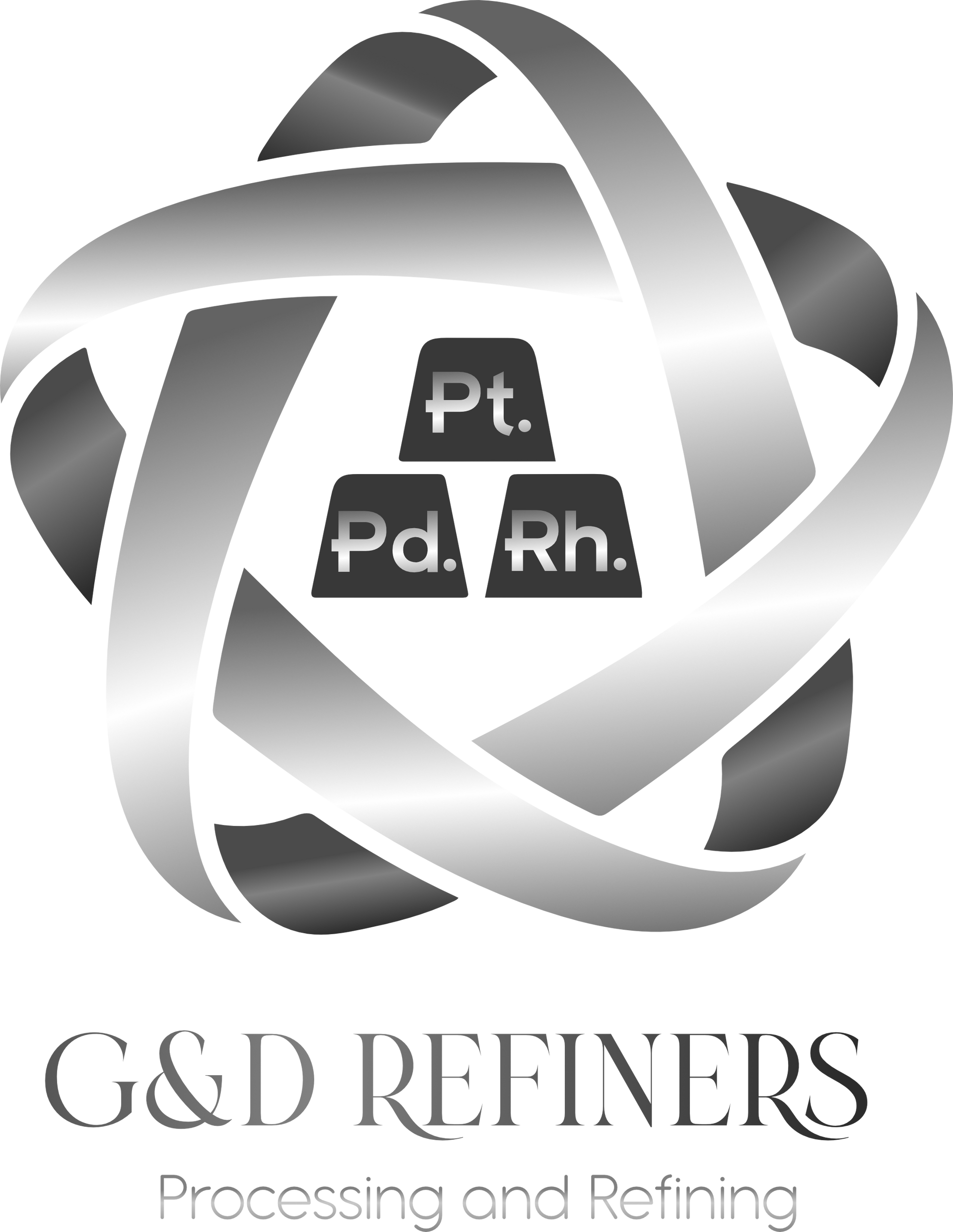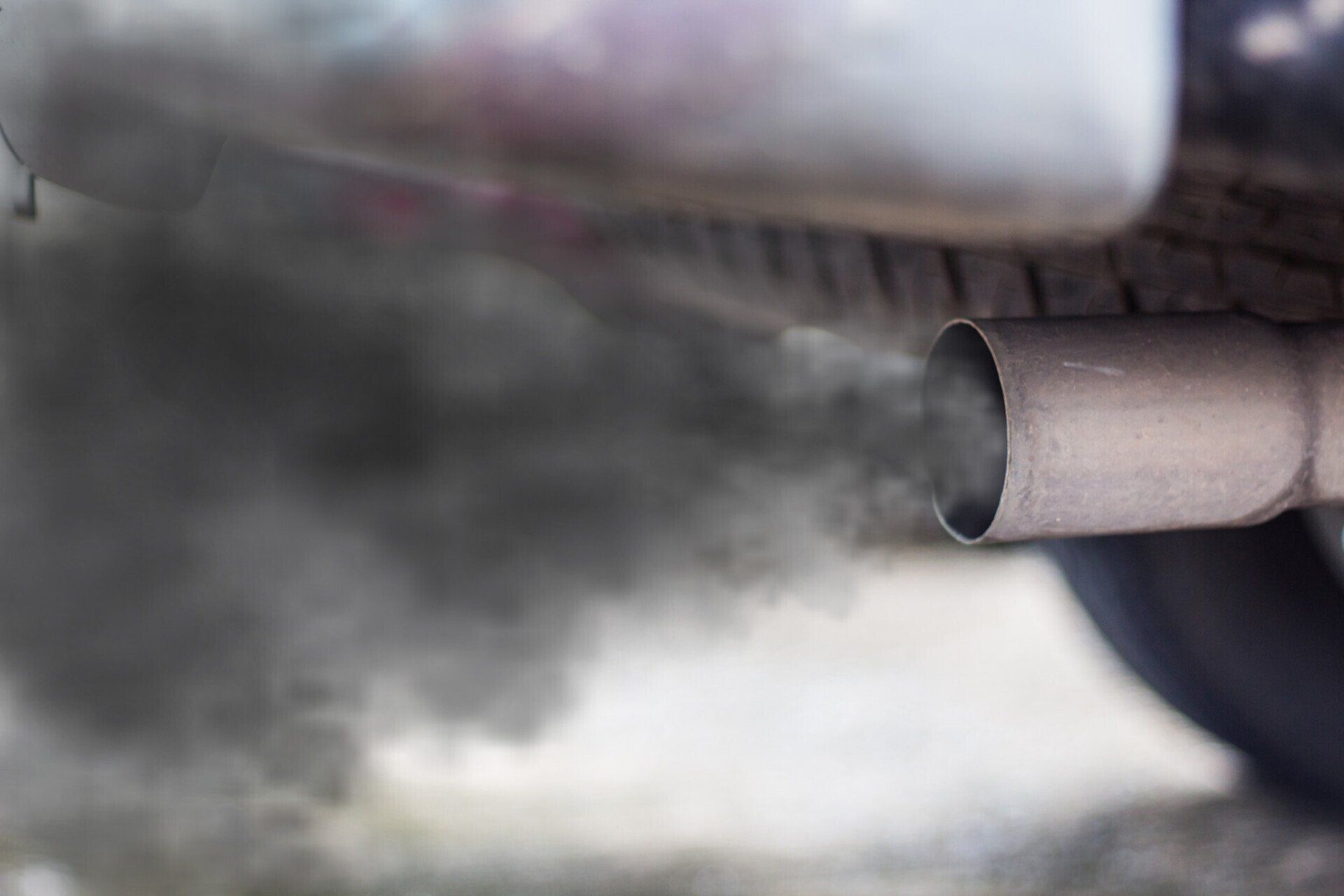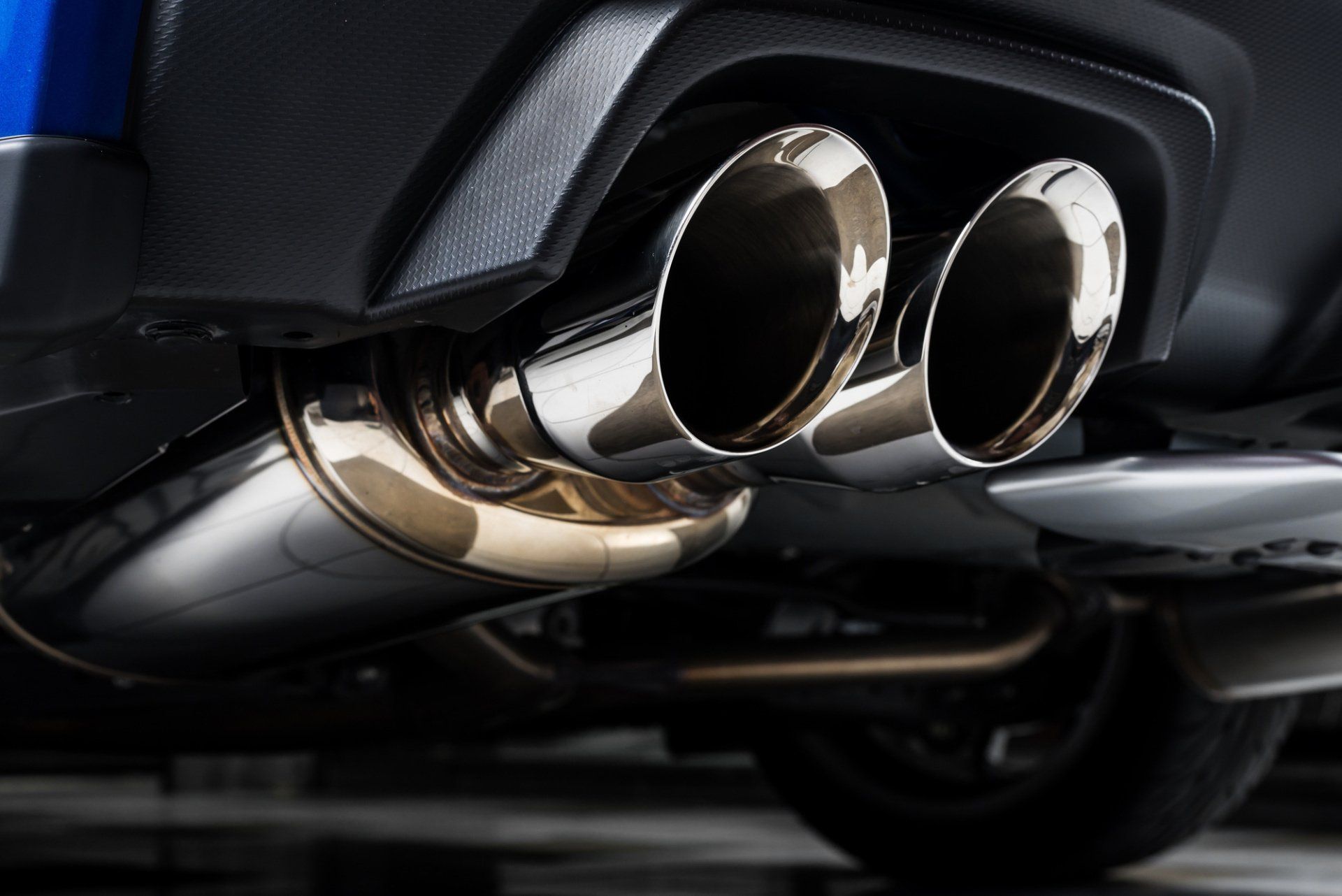What to Know About Catalytic Converters
Are you interested in learning more about what catalytic converters are and how they work? Read this guide to find out all the details.
Did you know a typical passenger car emits 4.6 metric tons of carbon dioxide per year? Although the rates of car pollution have declined, it's obvious more needs to be done.
You can make a difference by installing a catalytic converter in your car. The widespread use of catalytic converters has done a great job of reducing air pollution.
Despite the significant value of catalytic converters, not many people know what it is.
Driving without a catalytic converter in the US is illegal. Although your car fully functions without the catalytic converter, the government deems it essential for each vehicle to have one. It's one of the car components thieves are going after.
In this guide, you will learn everything there is to know about catalytic converters.
What is a Catalytic Converter?
A catalytic converter is a device installed in cars to reduce pollution from an internal combustion engine. The device is installed on every car, whether diesel or gasoline.
Every day, cars, vans, trains, buses, and vans all have catalytic converters.
Initially, cars didn't have catalytic converters. Increasing pollution rates by the transport industry triggered the need for compulsory use of catalytic converters. Then, cars left a trail of hazy smog.
In the mid-1950s, Eugene Houdry got a patent for research to create catalytic converters. The device is for gasoline engines.
The need to develop catalytic converters was to address smokestack and automobile exhaust. The device was further developed after emissions regulation began in the early 1960s.
The widespread production of catalytic converters was notable in 1975.
What are the Functions of a Catalytic Converter
While it's obvious that the invention of automobiles made the world a better place, it also made it more polluted. The typical manifestations of pollution include the blackening of buildings. The high pollution rates risk people's quality of life.
For people living in major metro areas with lots of cars on the streets, their health is exposed to higher health risks every day.
Catalytic converters don’t eliminate air pollution 100%. However, they are catalysts and instrumental in reducing localized air pollution.
The original goal for catalytic converters was to reduce hydrocarbons, carbon monoxide, and nitrogen oxides. Today the device targets three harmful compounds;
• Hydrocarbons: Hydrocarbon is a combination of carbons and hydrogen. In cars, it is in the form of gasoline, which comes out as smog.
• Carbon Monoxide: carbon monoxide not only pollutes the air; it is poisonous for any living creatures. It is formed through the combustion of gasoline.
• Nitrogen Oxides: When your car heats up, it forces nitrogen into the air. The gas combines with oxygen to form nitrogen oxides. Nitrogen oxides are a liability to the environment; they form smog and acid rains.
The primary value of catalytic converters is to make the world a better place. It reduces the emission of harmful gases creating a greener and safe environment.
The catalytic converter makes the emission of exhaust gases much cleaner.
So how does it work?
How Catalytic Converters Work
Catalytic converters inside are platinum, rhodium, or palladium. The gases flow through the ceramic honeycomb structure in the cat housing. The metal lining has specific roles in reducing emissions.
The catalyst chamber changes harmful compounds from the engine’s emissions to safe gases.
The conversion work by splitting up the unsafe molecules in the gases produced by your car. Using the exit pipe of the converter expels the safer gases in the air.
The harmful gases enter the converter through the input pipe connected to the engine. The gases are blown into the catalyst, triggering a chemical reaction. The reaction breaks down the pollutants.
Without a catalytic converter, your car would be a liability to the environment. It would also be difficult to pass the emissions test.
Types of Catalytic Converters
There are two main types of catalysts; reduction and oxidation. Reduction catalysts reduce nitrogen oxide pollution by removing oxygen. Breaking down exhaust gases like nitrogen oxide into nitrogen and oxygen reduces air pollution.
Oxidation catalysts convert carbon monoxide to carbon dioxide. Through oxidation, the exhaust emission the gas (carbon monoxide) combines with oxygen forming carbon dioxide.
One of the ideal catalysts is the three-way catalyst (TWC). The converters are common in modern cars. They combine the oxidation and reduction converter function and more.
A three-way catalyst also reduces the emission of nitric oxide (NO) and nitrogen dioxide. The two gases are a primary cause of localized pollution. Depending on your car model and year of production, different cars have different converters.
Catalytic Converter Problems
If your catalytic converter is in good condition, you will probably not notice it exists. However, if it's faulty, it will signal you with some symptoms like;
Poor Engine Performance
If your engine performance is in question, it might be because your converter is faulty. A clogged converter restricts exhaust flow, which can cause the car to jerk or fail to respond during acceleration. Alternatively, if the converter is cracked, it will leak.
Both options affect the engine performance.
Engine Light
Problems with the catalytic converter may trigger the check engine light signal. Your car sensors monitor how efficient the converter is based on gas levels.
If the sensors detect your converter is operating effectively, it might set off the check engine light.
Rattling Noise
The severe rattling noise is also an indicator of trouble in your catalytic converter. The coated honeycombs inside the converter are vulnerable to collapse. This can cause a rattling noise.
Declining Fuel Efficiency
Clogging in the converter reduces the amount of airflow in the engine. To compensate for the inefficiency, your engine might burn more fuel than usual.
Smelling Rotten Eggs
Your catalytic converter may experience internal damage. This will limit its capacity to convert exhaust gases.
The damage will trigger a sulfuric rotten egg smell. Regularly check your catalytic converter to ensure its good condition. Your converter is only valuable in reducing emissions when in perfect condition.
One core indicator of faulty converters is failed emissions tests. Failing the tests can as a result of the above factors.
If your catalytic converter process is beyond repair, recycling with professional refiners is an ideal option. Make sure to replace the faulty converter to avoid being on the wrong side of the law.
Why You Need to Sell Your Catalytic Converter?
The value of catalytic converters in promoting an efficient environment is underquoted. With such a valuable gadget, why would you need to sell your converter?
The industry standard recommends the replacement of catalytic converters after 100,000 Km driven. If your car has exceeded the miles limit, the converter will not serve you as needed. The inefficiency is attributable to many factors like catalytic poisoning.
When chemicals like manganese, silicon, or lead are deposited on your cat’s surface, it might cause poisoning.
Recycling your catalytic converters when it's not working is something you should consider. Rather than discarding the metal, recycling with Platinum Group Metal is a better option. It allows professionals to add value to the device.
At PGM, we pride ourselves on buying catalytic converters with the intention of recycling. Recycling with professional refiners allows for metal ore mining and fabricating the metals. Secondly, catalyst recycling with a refiner earns you money.
You can sell your catalyst converter as it contains valuable metals, which catalytic converters are looking for.
Recycling your scrap catalytic protects the environment from landfills.
If your catalytic converter is not functional, you are better off selling it than discarding it in your litter bin.
Why are Catalytic Converters Stolen?
National Insurance Crime Bureau suggests that 2347 catalytic converter theft occurred each month in 2020. The rates of theft will continue to increase in 2021. Thieves cut out the converter in less than 2 minutes.
The demand for the product is due to its make. Converters contain precious metals like rhodium, palladium, and platinum.
The prices of rhodium, palladium, and platinum continue to escalate during Covid-19. It implies that your catalyst converter is also at risk of theft.
A catalytic converter can be converted into more cash by recovering the precious metals from the scrap catalytic converter.
The price of palladium per gram is $72. Rhodium prices at around $350 per gram. The prices of the precious metals explain why they are on-demand and at risk of theft.
Core buyers are open to catalyst recycling due to the potential financial gain. Where is the converter located, which makes it vulnerable to theft? Your catalytic converter is on the underside of a vehicle.
It looks like a large metal box. The metal box has to exit pipes.
Learn More about Catalytic Converters
The catalytic converter process is among the basic aspects of a car you should learn. A catalytic converter is a valuable asset to your car and society.
You need to ensure that your catalytic converter is at its best all the time.
Depending on how you use your car, the lifespan of a converter can extend to 10 years. If you run into apparent problems like clogging or physical damages, you repair to replace the converter.
If worse comes to worst, you should replace your converter.
Replacing the catalytic converter is not all bad; you can sell the old catalytic converters. If you are looking to recycle or sell your converter, contact us for assistance.




